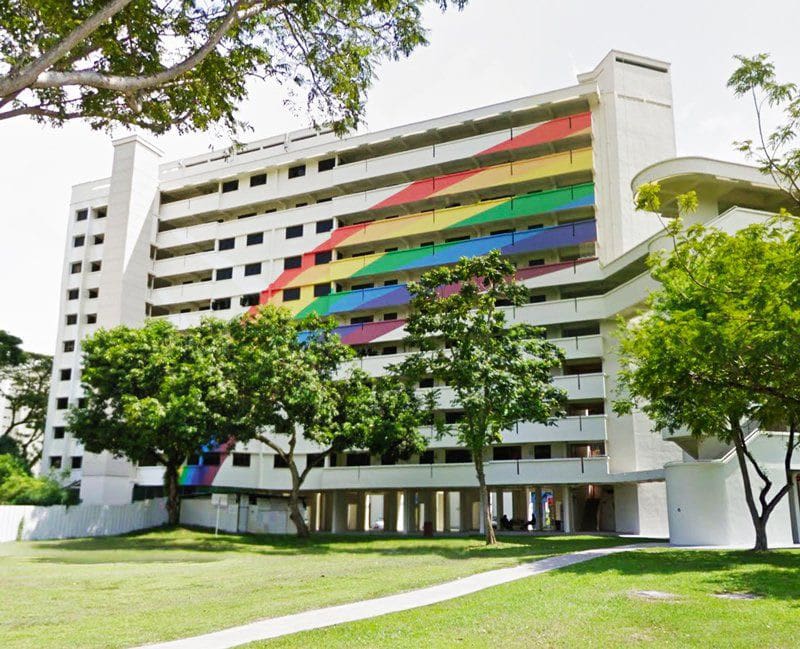The name Hougang comes from the Pinyin version of the Hokkien and Teochew name for “the end of the river”, located as it is, at the start of Sungei Serangoon. This is no coincidence, and the name reflects the Chinese heritage of the region that was historically inhabited by Chinese Teochew residents. Though it was mainly forested land, with the occasional pig farm, there were several villages, one of the biggest being Tua Jia Ka (Teochew for “foot of the big well”) or Somapah Serangoon Village. This village had a reputation for being one of the most popular places to go for street food, Chinese opera, and storytelling as well as traditional Chinese medicine on the island.
Things changed in 1979, with the announcement by the HDB that it planned to build a 460-hectare town – enough to house 120,000 people. Originally, this new town was known as Hou Kang, but after pressure from the government’s Speak Mandarin Campaign, it was changed to the Hougang of today. The area is still home to a large Teochew community, with the last of the original pig farmers being successfully relocated into HDB flats by the mid-1990s.

The town was ground-breaking in several ways, when it was devised and built. First of all, it was the first town built under the new guidelines by the HDB, which were designed to give residents more opportunities for better interaction. This came in the form of having shops clustered around a focal point as opposed to the traditional method of having them scattered around the estate.
Hougang was also the first town to feature maisonettes. These five-room, two-storey homes were designed to blend in with nearby private developments but were phased out later due to high build costs compared with similar-sized developments.
Hougang also benefited from the HDB’s desire to give each new town its very own unique identity and character. Its HDB blocks were designed with more shapely curves than in other estates, with several having rounded railings and large semi-circular balconies. Its swimming complex featured columns while several maisonettes boasted arched balconies and semi-circular doorways in a nod to Spanish-style architecture. Another iconic feature was the large rainbow motif painted on a ten-storey block on Avenue 7.
The area has several primary and junior schools, as well as being the home to Serangoon Junior College. The opening in 2003 of Kovan and Hougang MRT stations, both on the North East Line, made transport to and from Hougang a lot easier and quicker, while residents on the borders of Hougang are within easy reach of Buangkok (North East) and Bartley and Tai Seng Stations (both on the Circle Line).
Today, Hougang is the most populated area in the North-East Region and is home to over 220,000 residents. Sengkang and Geylang border it to the north and south respectively, Bedok lies to the southeast, Toa Payoh to the southwest with Paya Lebar to the east and Serangoon to the west.
It was announced in January 2011 that Hougang would be one of three designated “heartland areas”, in the second phase of the HDB’s Remaking Our Heartland (ROH) plan. As a result, it will undergo a comprehensive redevelopment programme that will keep and enhance the town’s rich history and heritage while rejuvenating the town centre.
Here is a list of new condos that you can find in the East and North East Region
New Launches in the City / City Fringe
